The Mexican President has won a first battle, achieving a pause in the trade war. But within a month, a new episode will be written.
The Mexican President has won a first battle, achieving a pause in the trade war. But within a month, a new episode will be written.
By Daniel Rosas, Mexico City / Mexico
Recently, the spotlight has been on Mexico for two reasons: for the first time, it has a female president; and that president, Claudia Sheinbaum, faces the challenge of dealing with a “recharged” US president Donald Trump, as some specialists say.
She has called for acting “with a cool head” and has avoided entering into a war of statements (in which Trump is a specialist), which is why her detractors have called her “lukewarm.”
For now, Sheinbaum Pardo has won the first battle, despite the pessimistic forecasts that flooded public opinion in previous days: She managed to pause for a month the imposition of 25% tariffs on Mexican exports to the United States. But let’s take it step by step.
The context
As is known, Donald Trump is entering his second term as president of the United States. During the first, the North American trade agreement, USMCA, was renegotiated with the first left-wing government in Mexico, headed by Andrés Manuel López Obrador, and which Claudia Sheinbaum has continued.
In these negotiations, Marcelo Ebrard has been a key piece, first as foreign minister with López Obrador, and now as minister of economy with Claudia Sheinbaum. He has been responsible for an important part of the deal with Donald Trump’s team; despite the fact that he competed with Sheinbaum for the presidency. This sends a message of unity, which other actors have joined.
Now, according to analysts, the Mexican President’s team will have to face a Donald Trump who already has previous experience in government; who formed a more radical cabinet; with more aggressive policies than in the past; with majority support in the United States Congress and with that of the CEOs of the dominant social media companies.
All this would explain Trump’s bold attitude, who has also talked about recovering the Panama Canal, taking over Greenland and even changing the name of the Gulf of Mexico (despite the fact that its waters also bathe Cuba, in addition to Mexico and the United States).
The underlying issue is…
What is Donald Trump looking for with this attitude?
From Mexico, the interpretation that analysts have made of Donald Trump’s attitude is reduced to strike the first blow to measure the reaction of his “opponents” and continue the fight. But what fight? Is it only the revision of the USMCA planned for 2026 or does it have to do with maintaining US hegemony throughout America?
In the first case, Trump himself has expressed his intention to eliminate the trade agreement. But the Mexican government has dismissed it, given that it was Trump himself who renegotiated the agreement, which has allowed Mexico and the United States to become the main trading partners worldwide (617 billion dollars by the end of 2024).
In the second case, the President has been asked about the possibility of Mexico having a rapprochement with the BRICS group, or a closer role with Latin America. Her response has been to maintain a dialogue with all nations but making it clear that the priority will be the United States, due to the important commercial relationship and the enormous number of Mexican migrants in that country (12 million people, 1 in 3 undocumented).
A cool head
These answers have earned Mexican President Claudia Sheinbaum some criticism: those on the right consider that she is very lukewarm in answering Donald Trump and that she underestimates him; those on the left consider that she should have a more relevant role together with the progressive governments of Latin America.
Mainly in the face of threats from President Trump, Claudia Sheinbaum has called for acting with a “cool head.”
After a telephone conversation on February 3, in which they managed to put a pause on the tariffs announced by the American, Claudia Sheinbaum received recognition from various Mexican sectors: business chambers, Congress and the governors of the 32 states (mostly pro-government), as well as the majority of civil society that shows its support for Sheinbaum (80% according to recent surveys).
The issue is of great relevance, since 80% of Mexican exports go to the United States, so the imposition of tariffs would mean – in addition to the increase in prices – an impact on Mexican workers and the value chain.
The pause represents a battle won, but like every battle, it has costs. In exchange, Mexico committed to mobilizing 10,000 elements of the National Guard to the border with the United States, to contain drug trafficking, especially fentanyl. The Mexican President acknowledged that these elements will be “moved from other areas, which will have to be reinforced.”
The National Guard is a federal police force, created to combat insecurity in the country. Its origin is civilian, but a reform was recently approved legally, so that it remains under the command of the Ministry of Defense. For this reason, some human rights groups have called for extraordinary civil measures to be taken to prevent the “militarized” National Guard from posing a risk to human rights, mainly for migrants.
And migration is another of the issues that concern the new government of Donald Trump, so it will be the subject of the negotiating meetings that were also recently agreed upon, after the call between Trump and Sheinbaum.
In the conversation, Mexico also requested that the United States review the illegal trafficking of weapons from its country to Mexican criminal groups; but it is not clear how the results of these efforts will be evaluated.
For now, there is a first understanding between Mexico and the United States, either due to Sheinbaum’s capacity for negotiation with a “cool head”; or due to Donald Trump’s strategy to measure the reaction of his counterpart. We will know the answer in a month, when the pause in tariffs ends.



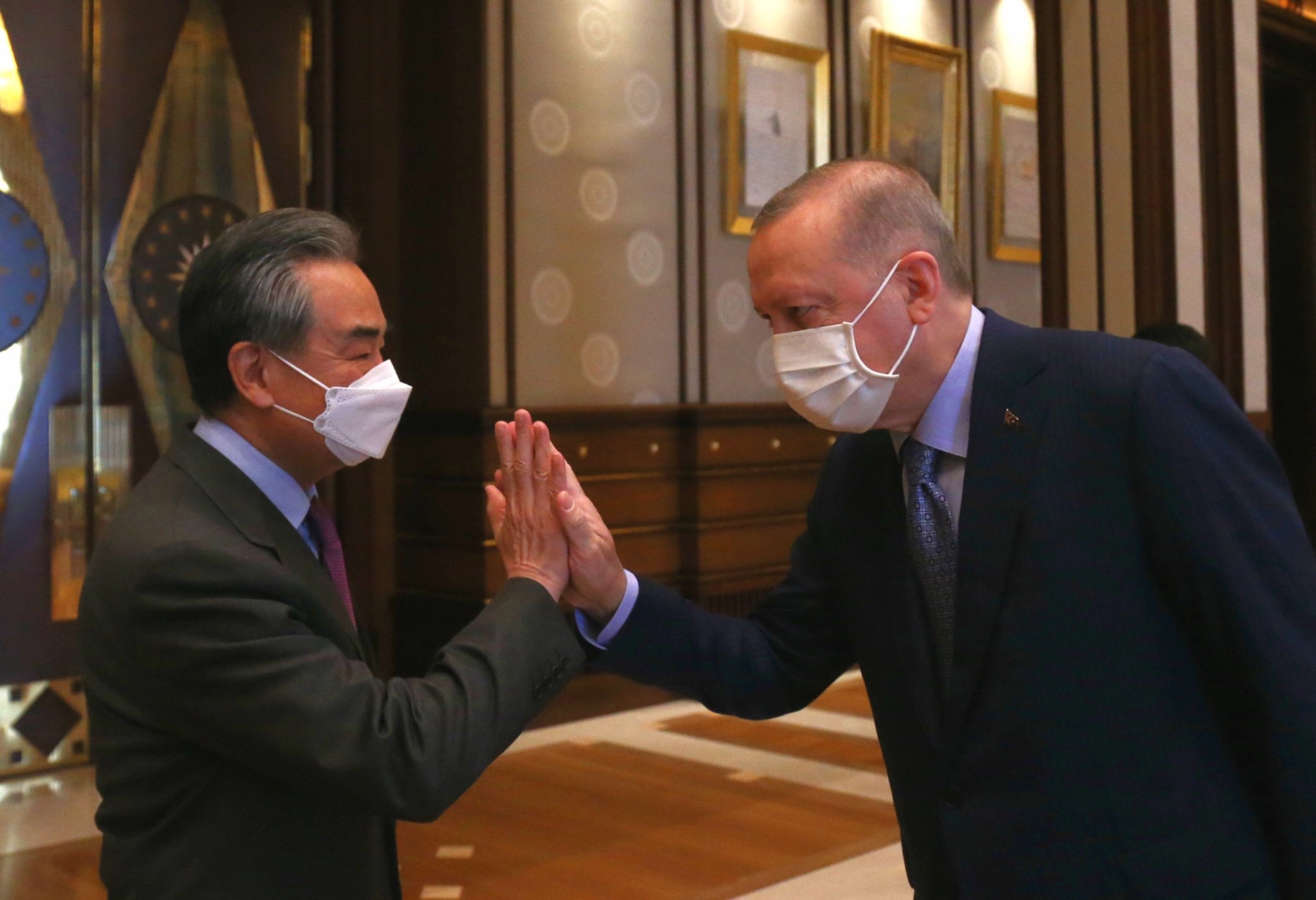



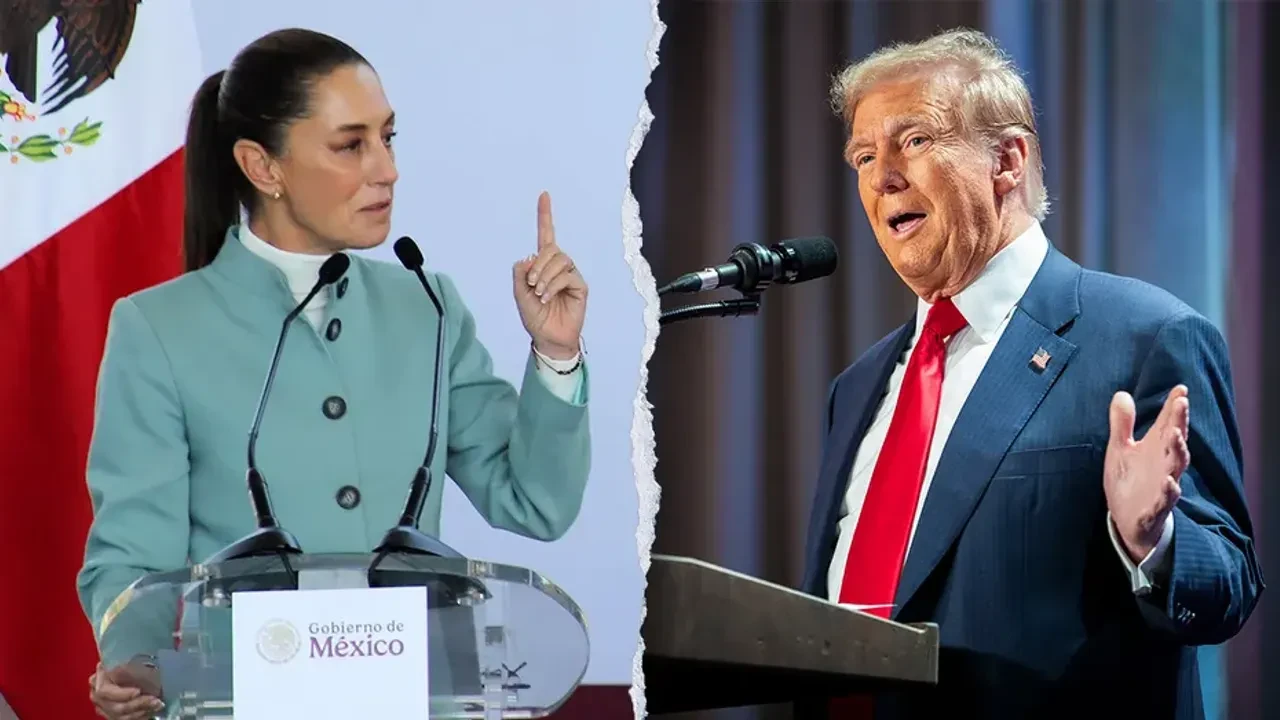

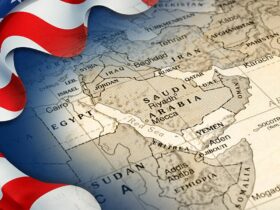


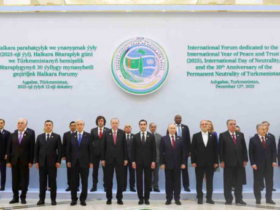



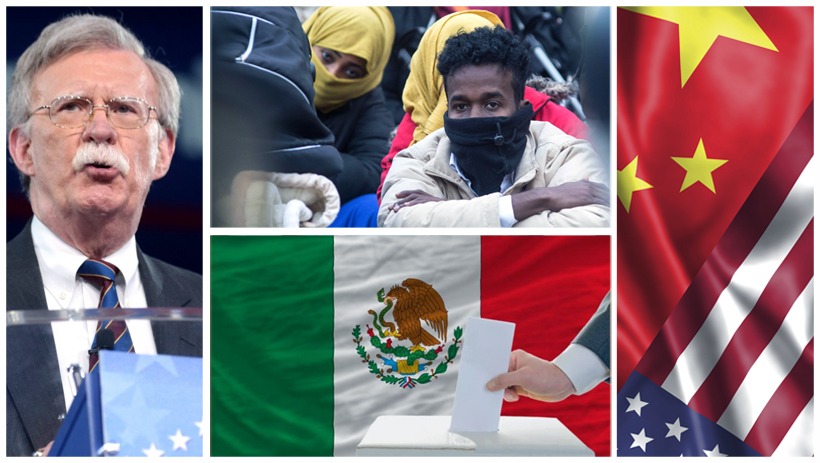
Leave a Reply